The sky is baby blue, the sunlight is a thousand incandescent light bulbs, and it smells of stale cigarettes and chlorine. Welcome to The Venetian, Las Vegas’s take on a city claimed by rising seas one inch at a time. I can’t say I like it much. This replica lacks the charm of the real thing, and I just lost fifty dollars in the other room. I’m unnerved by its fakeness, but I’m drawn to its shimmer. Its alluring horror is exactly why I’m here.
Las Vegas is the best example of what I call an “uncanny landscape” that I can reach in a weekend’s drive. The term merges our increasingly climate-altered environments with roboticist Masahiro Mori’s “uncanny valley”—the idea that our affinity for robots increases the more human they look, but only until a certain point. There’s a threshold a few steps before perfectly life-like where our affinity plummets into revulsion.
I’d argue that climate change is pushing Earth into the uncanny valley—a liminal area where nature is increasingly unrecognizable and terrifyingly strange. We’ve left 10,000 years of familiarity at the door and crossed the threshold into a new frontier—one we’re wholly unprepared to navigate. Our eyes (and even our cameras) are struggling to adjust to its strange new light—not a familiar sunshine but one cast under the muted glow of wildfire’s orange hue and scattered by artificial clouds.
Earth’s properties are beginning to feel off. And our constructions, particularly the ones attempting to replace nature, are unnervingly artificial. We’ve arrived not at the dystopia envisaged by post-apocalyptic movies but the opening scenes; the first zombie encounter where the characters realize the sick person before them is not just sick and the world they’re accustomed to is already lost. Unseasonal temperature and extreme weather events are really just the superficial tip of this hyperobject-iceberg. It goes much deeper. Here’s a quick list of the climate uncanny.
- A sunrise broadcast on an LED screen illuminates a smog-heavy Tiananmen Square
- Warmer temperatures promote algae growth and are turning Earth’s oceans—that lend our planet its somewhat famous blue complexion—green
- Tuvalu is creating a digital clone of its country before its islands are consumed by the rising tide
- The mass of human-made stuff now outweighs biodiversity
- There’s a black fungus that feeds on radiation in Chernobyl
- Melting polar caps are changing the distribution of mass around the planet, slowing its rotation, and increasing the length of the day
This weirdness is the often overlooked but far more common impact of the climate crisis in the near term. A cumulation of small moments and sights that bend our perception of normality until the crisis is fully at our door. Boundaries are being erased. The contours of our old maps are shifting. We need a new atlas that can somehow reconcile our existence with this epoch’s rapid rate of change and bizarre unfoldings. It’ll be a foggy atlas, surely. One with hybrid creatures scrawled by the margins and where uncharted regions warn: “Here be dragons."

You’d think that walking through Excalibur’s casino floor with a medium format camera and tripod would attract suspicion. But I just walked by a man sucking a pacifier and no one seemed to notice. The ability to divert attention here is almost like magic. And like any good magician, the city knows to draw the audience’s eyes to one hand while the other performs the real trick.
Vegas abides by a simple formula: remove the windows and clocks, pump enough AC and spectacle into a labyrinth of glitzy machines, and the impossibility (and unsustainability) of it all is forgotten. Its greatest illusion is the annihilation of nature and its rhythms. Step inside and the harsh conditions of the outside world disappear (which, in this case, is a 105°F+ heatwave). Vegas understands something most places don’t: the show must go on—at least as long as there’s enough power for the generators.
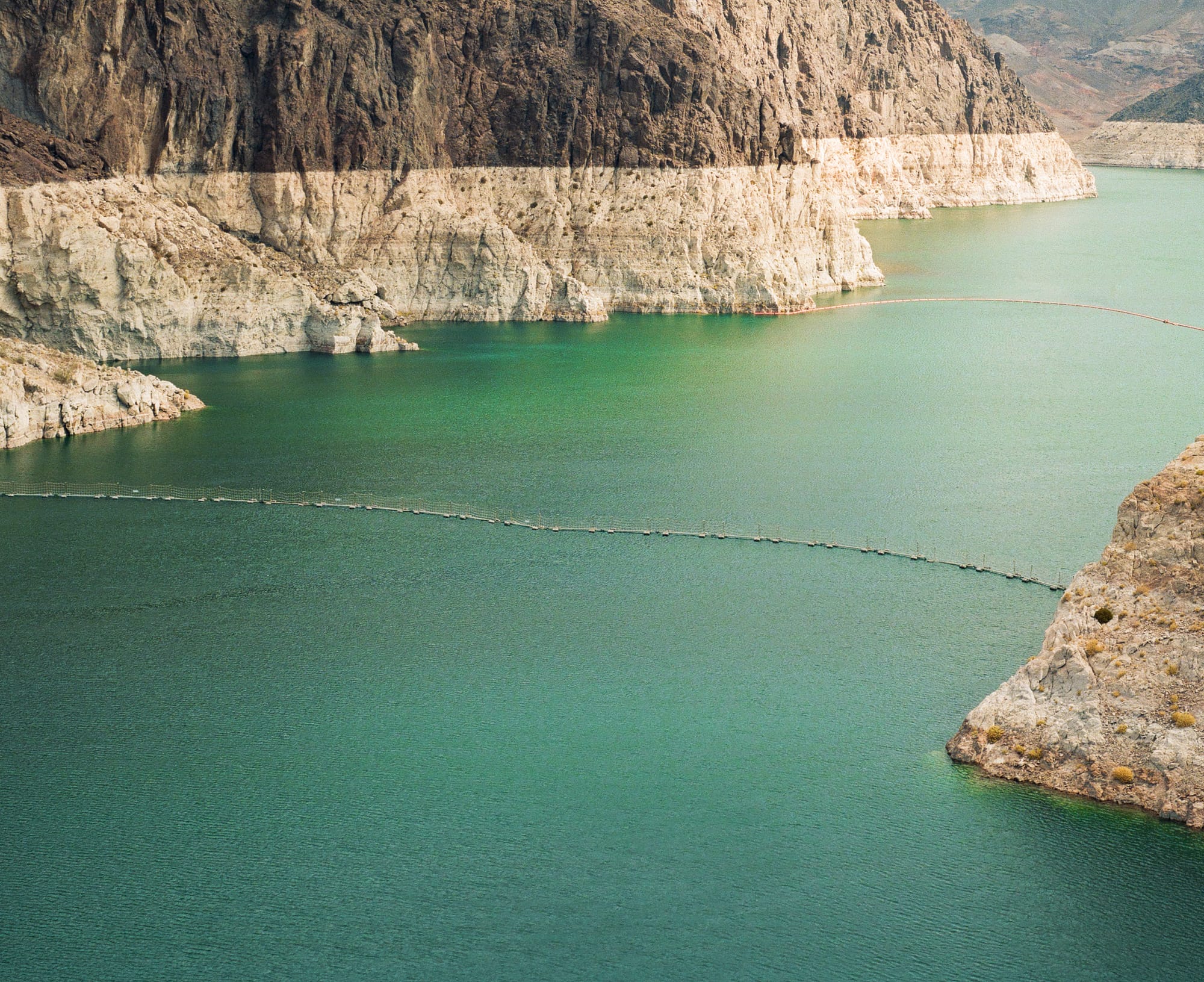
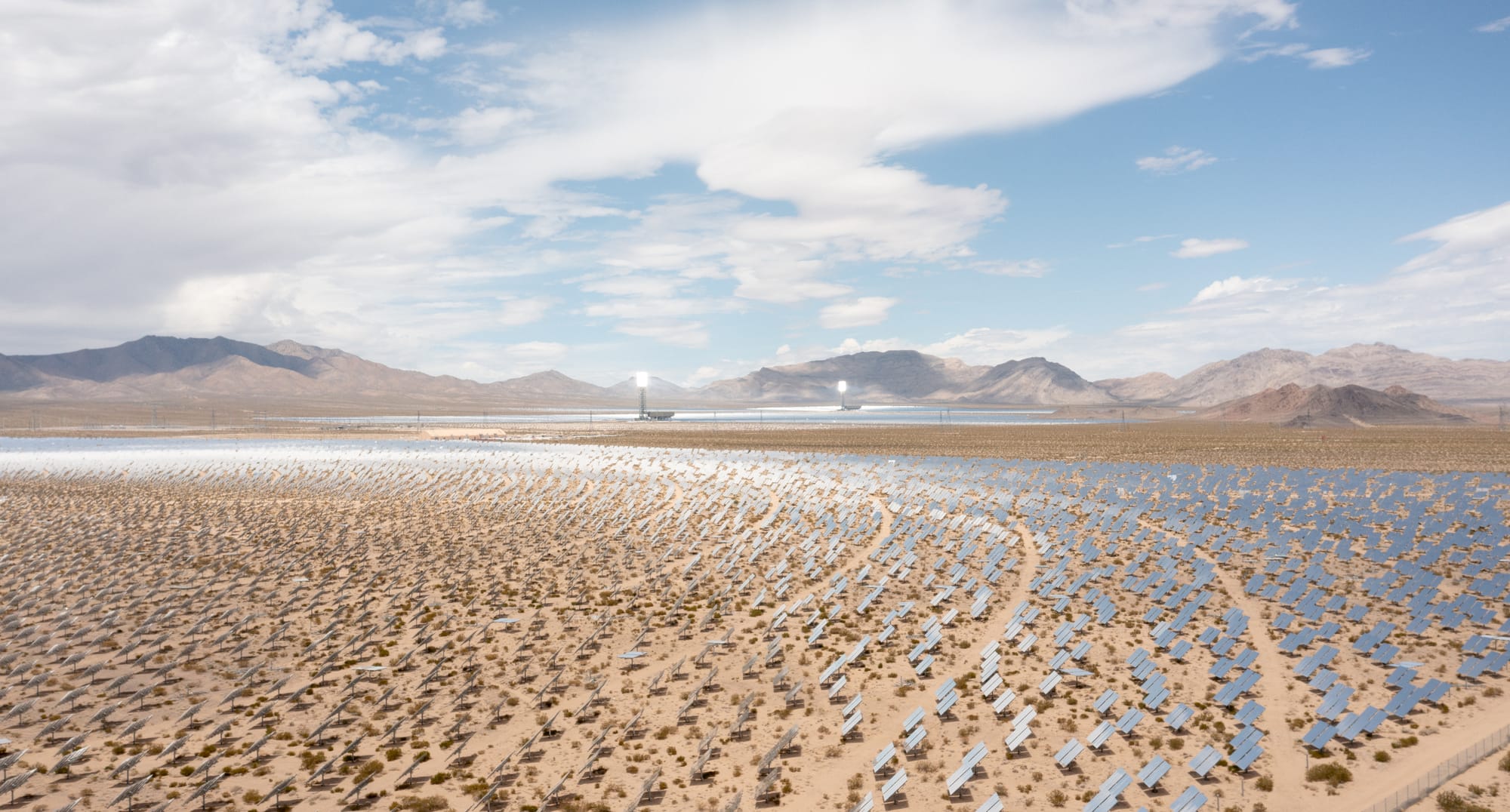
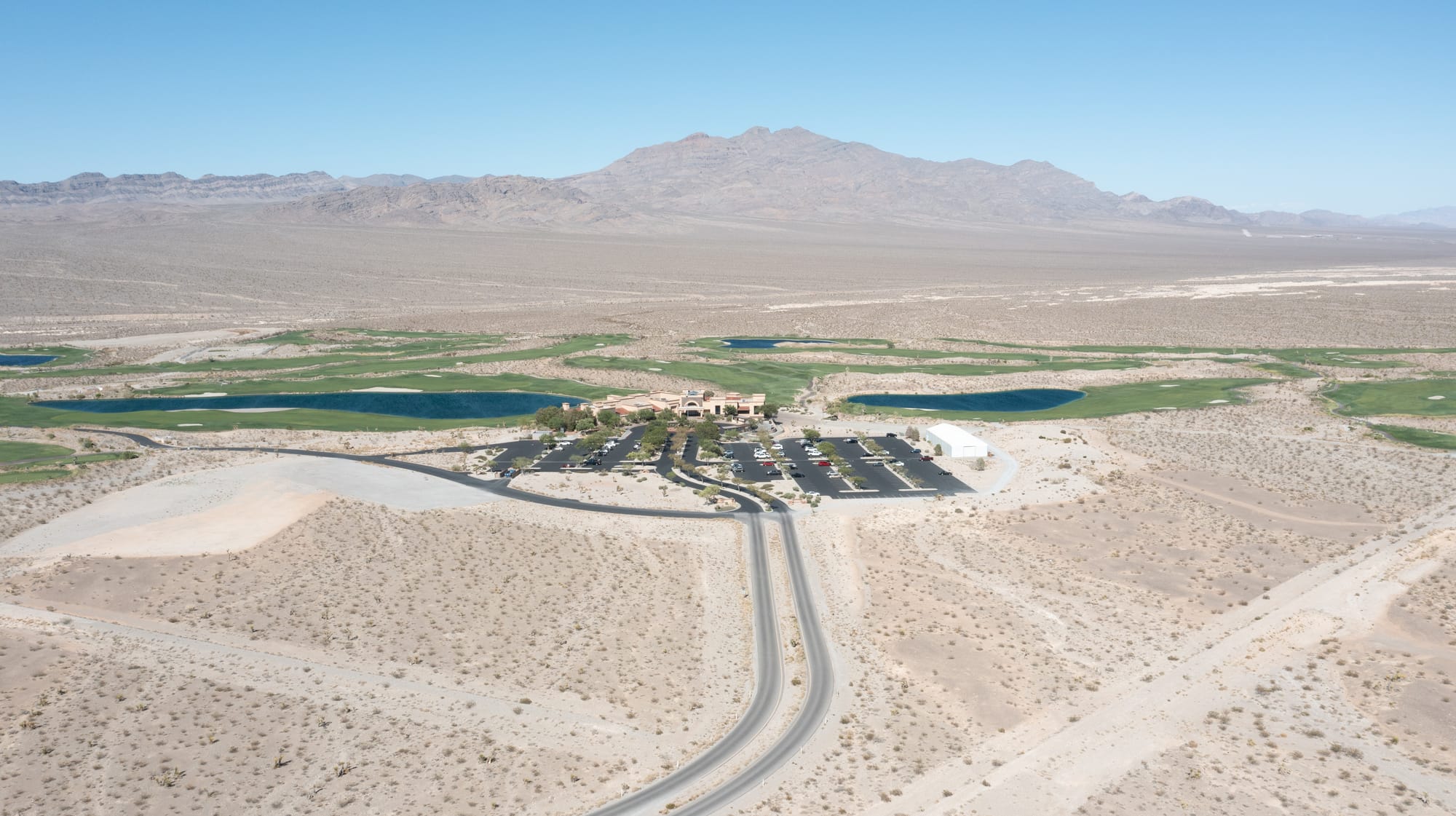
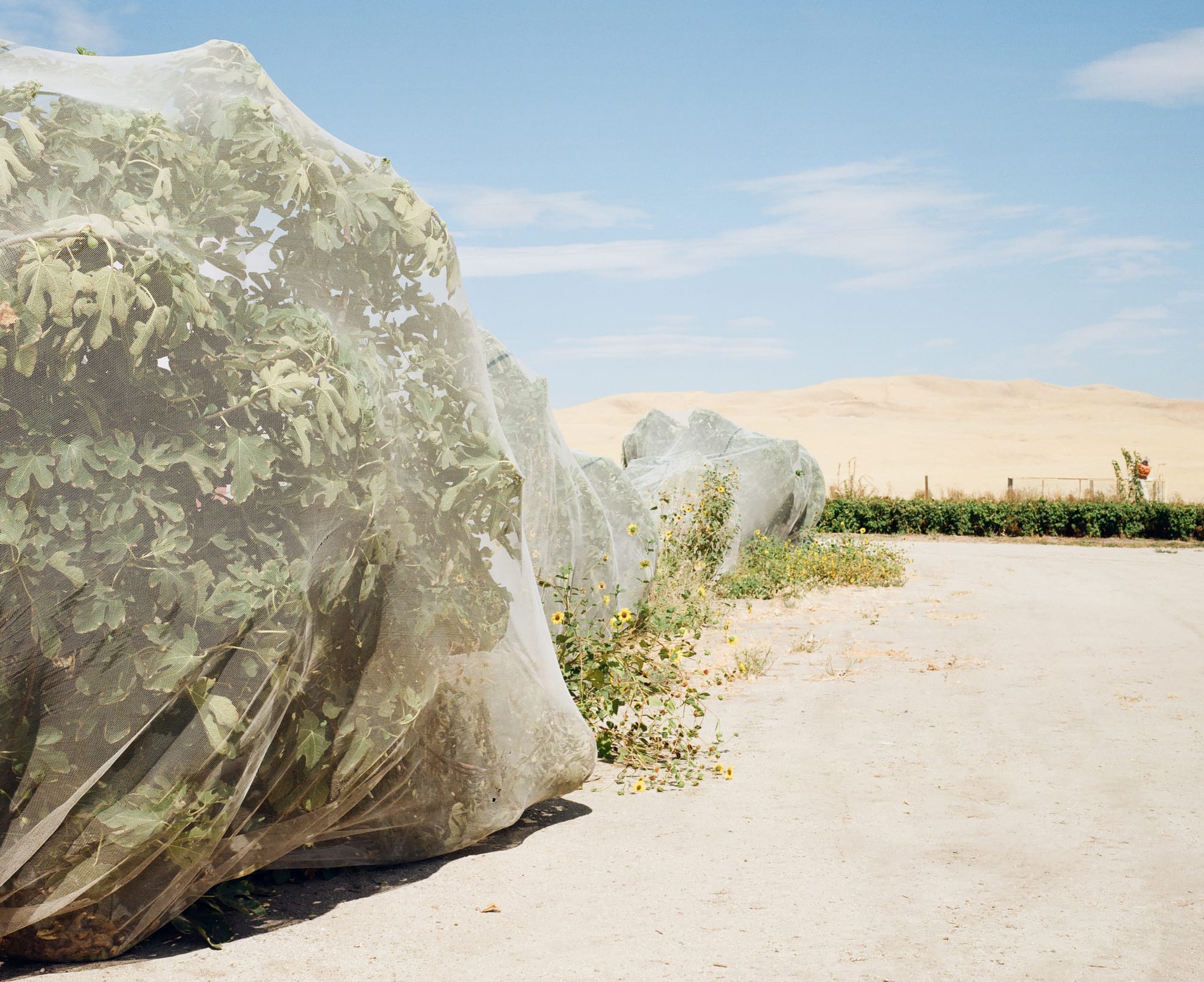
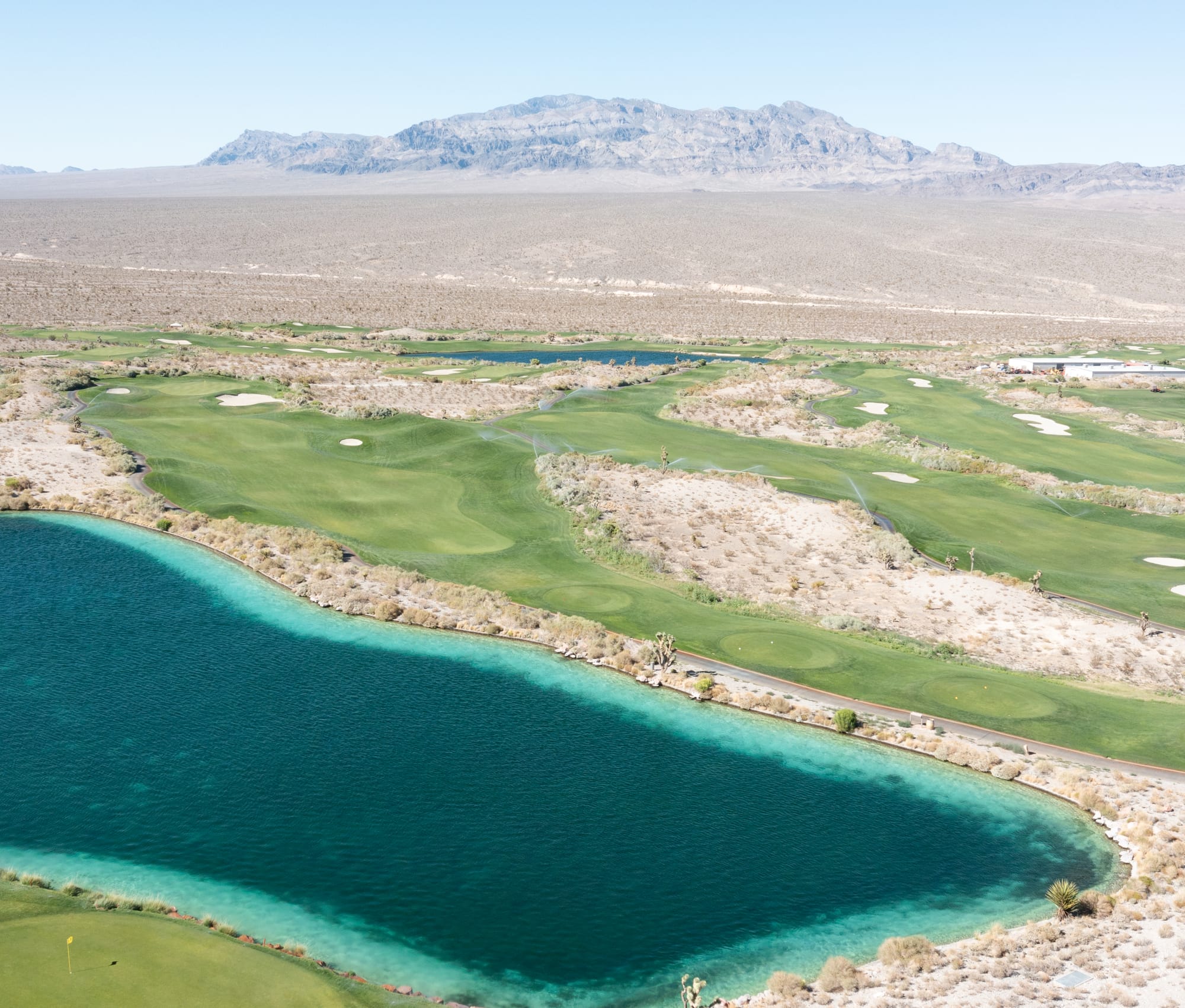
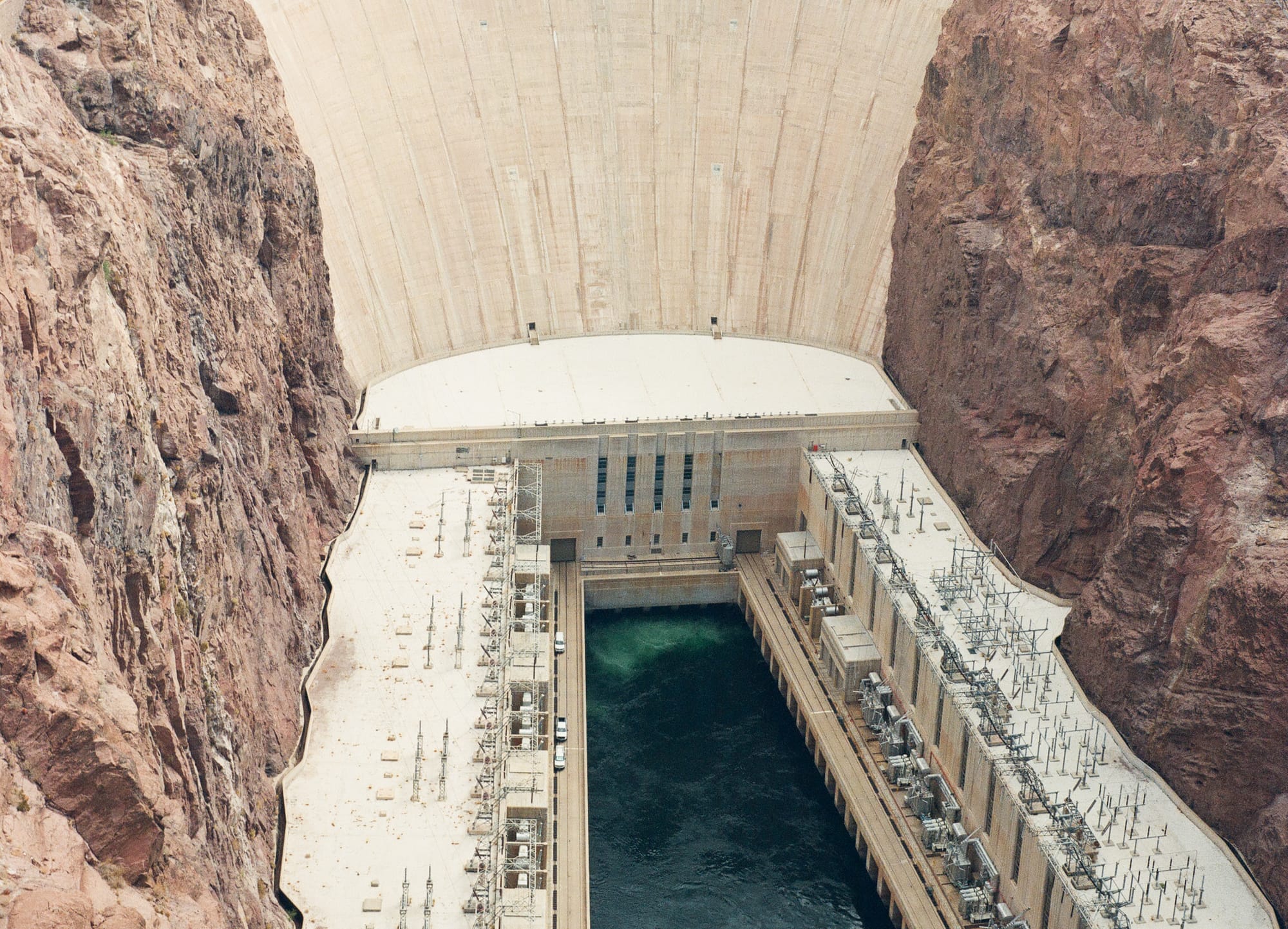
By many metrics, Vegas should not exist. It’s arid, parched, and the fastest warming city in the US. Neon signs are common, heat-related deaths more so. Yet Las Vegas continues to grow in a sort of reverse climate migration. Multi-billion dollar buildings and population numbers increase alongside the temperature gauge. For a city whose existence is dependent on understanding the odds, perhaps it’s fitting that it continues to defy them.
It’s a recipe destined to be replicated the world over in the coming years, and is already a blueprint for cities like Dubai and Saudi Arabia’s The Line. Water a patch of desert with enough money, willpower, and human labor and watch the hypermodern city—and all its uncanny imitations—emerge. In the desert at night, the heat is just tolerable enough to walk outside on the Strip. Stroll a few blocks and even the moon is visible. Not the one you’re thinking of, though, but the newly-built $2.3 billion dollar arena lit up in its image.
If Vegas is a microcosm for the uncanny cities of our future, then I’ve learned that swallowing the absurdity is a bit easier along with a drink. Three more and for a fleeting moment I could swear the Sphere’s pale glow of technicolor advertisements was enchanting and the coins shimmering below the Venetian's chlorine canals divine. Wait just an hour though. The hangover hits hard.
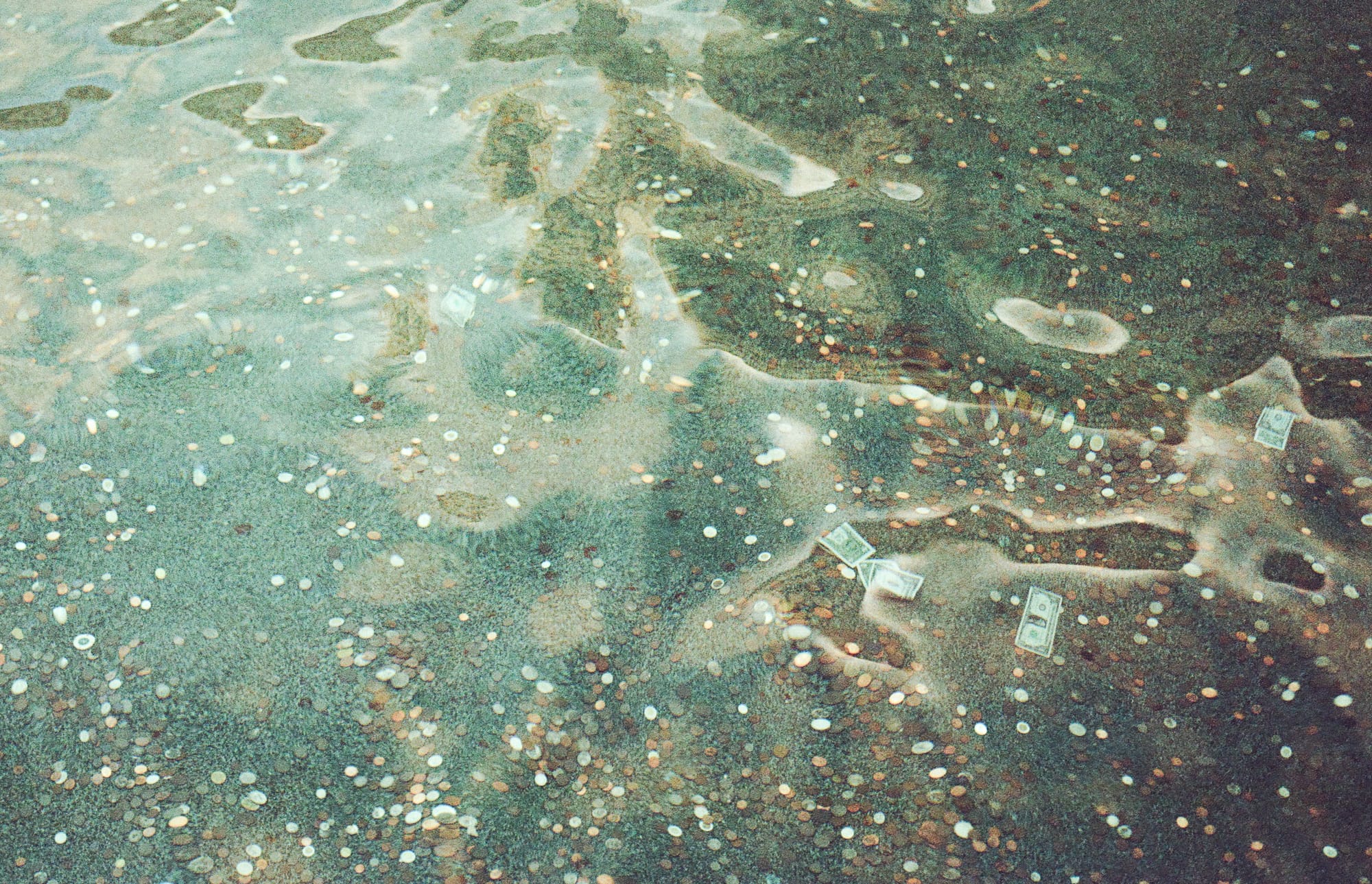
What does it actually mean if the climate, Earth’s landscapes, and our constructions become uncanny and weird? Maybe nothing. Children born in the following decades will likely not pine for an Earth abundant—it’s hard to miss something you’ve never experienced. Like nuclear weapons, this existential threat may just be something we live with. At that point we’ll have traversed the uncanny valley—diminished, battered, blasé to our monstrous creations—and arrived at Earth 2.0, a stranger, faker planet—but one we’ve accepted as our own.
But those of us making the long walk between the two will need some kind of thread to lead us through the labyrinthian hall of climate horrors, for it’s quite possible there’s no turning back. Like a messy crime scene, our fingerprints on the natural world are everywhere, from the genetics of corn to the microplastics in our bloodstream. Accepting that some uncanniness is here to stay could be healthy. Perhaps Antarctica is a place best visited in virtual reality.
That’s not to say we should bury our heads in the refrigerated sand and accept our fate. We should fight like hell to conserve what nature remains. Not to keep the uncanniness at bay—even if that is a welcome outcome—but because the health of the planet and those who depend on it is at stake.
But, for now at least, witnessing the weirdness as we slide towards futures far worse is mesmerizing in its own way. Start recognizing the patterns of uncanny landscapes and suddenly they’re everywhere. Its unsettling language can, however, help us realize just how far the baseline has shifted from normal. Or, more likely, tallying these strange sights won’t change anything in the end at all. Like the monsters that adorned the edges of old maps, they’ll simply illustrate our terror of the unknown.
Even so, I find writing this atlas therapeutic in its own way, like dropping breadcrumbs while entering the dark woods. I want to believe we’ll be alright, that we’ll pass through this weird climate crucible and arrive at another end, changed, weary, but fundamentally okay. But I’m also taking a page out of Vegas’s book and playing the odds, even if I’m starting to suspect the game is rigged.
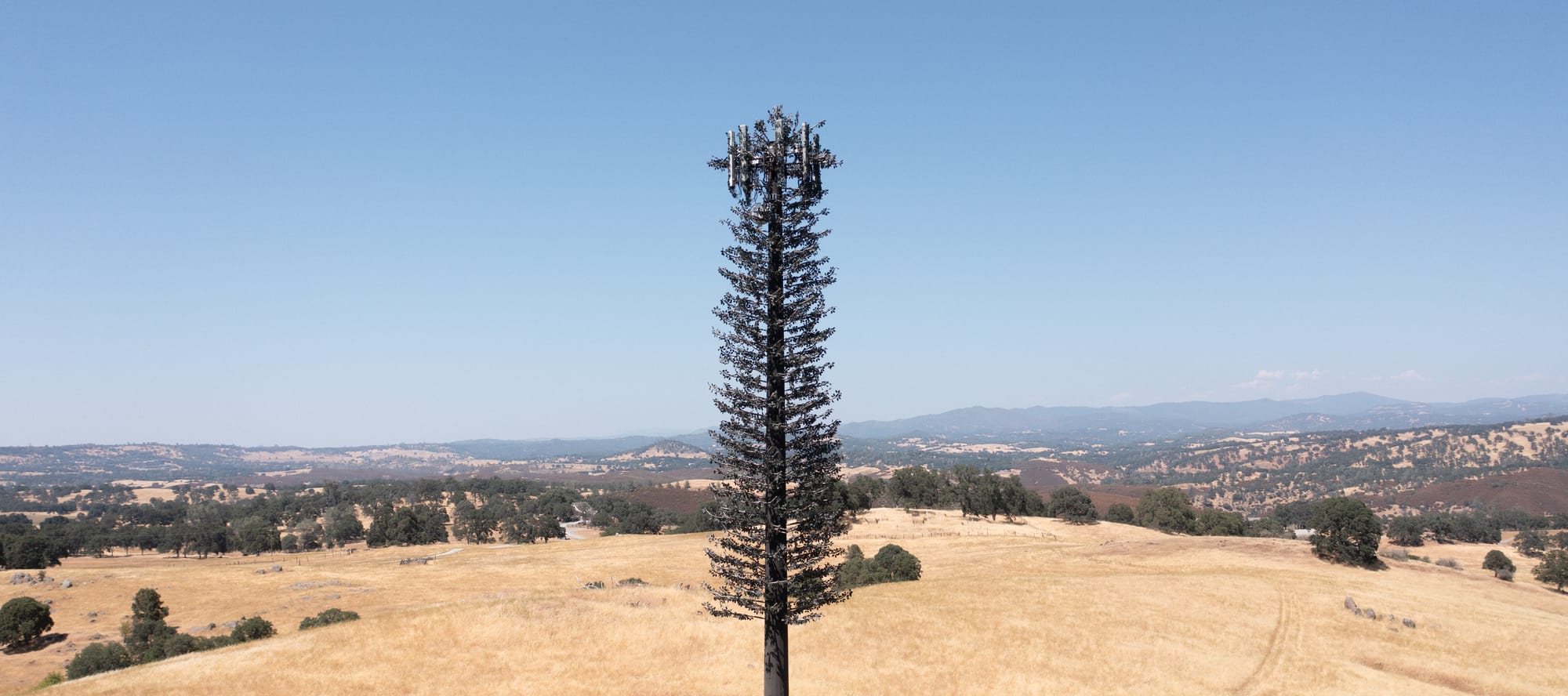
Written and photographed (unless otherwise indicated) by Ryder Kimball

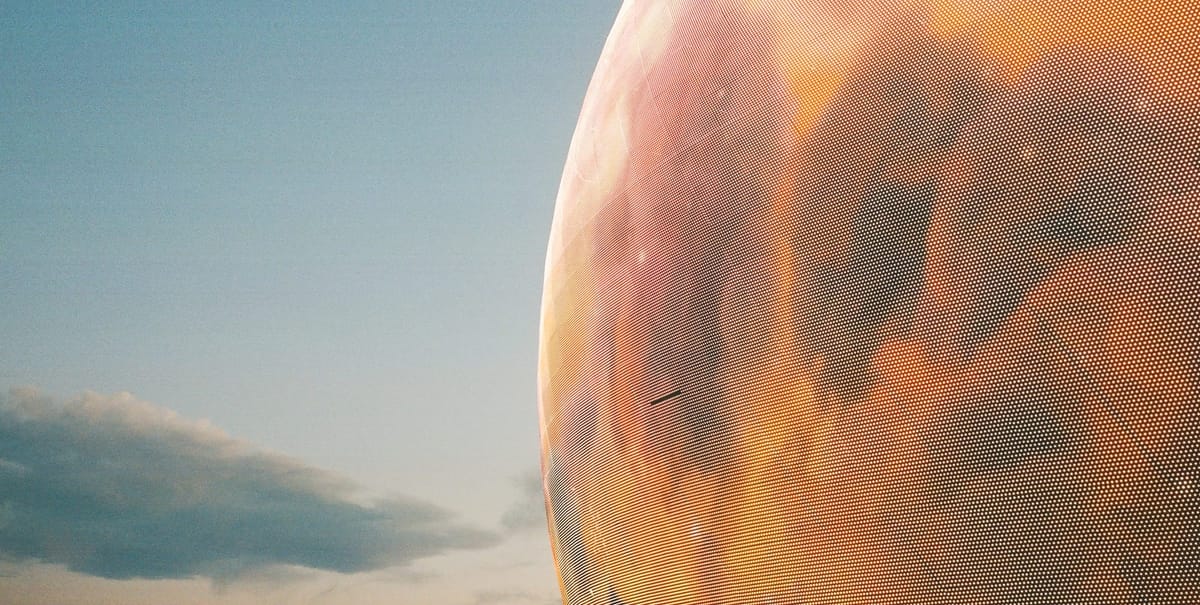
Member discussion: